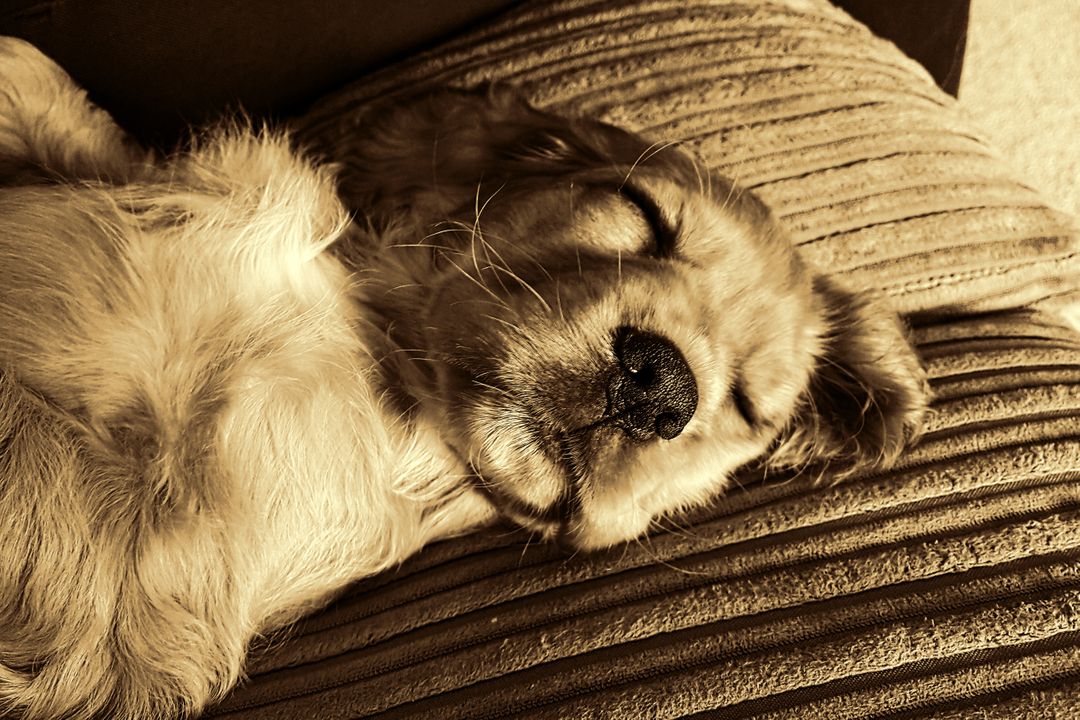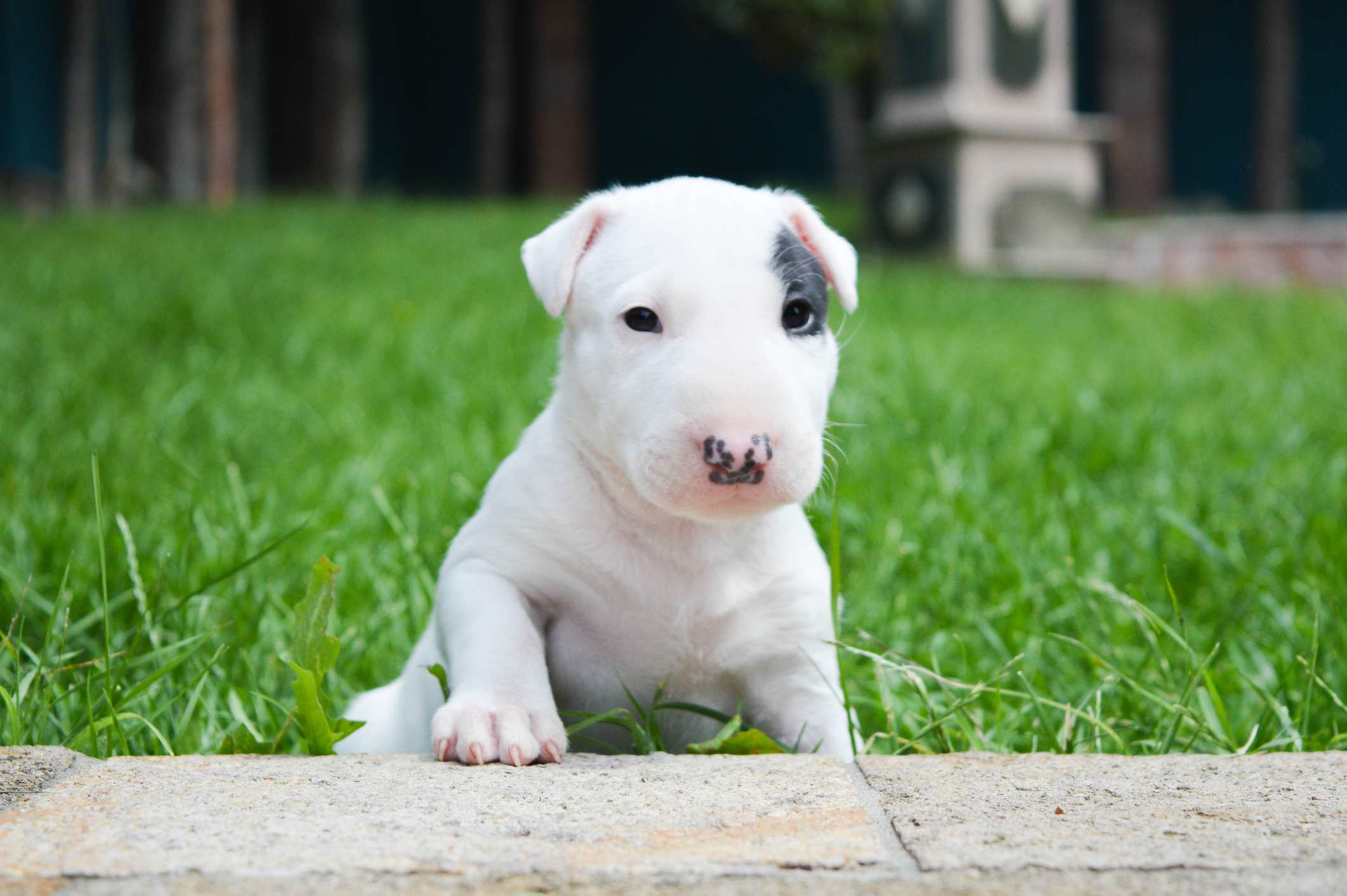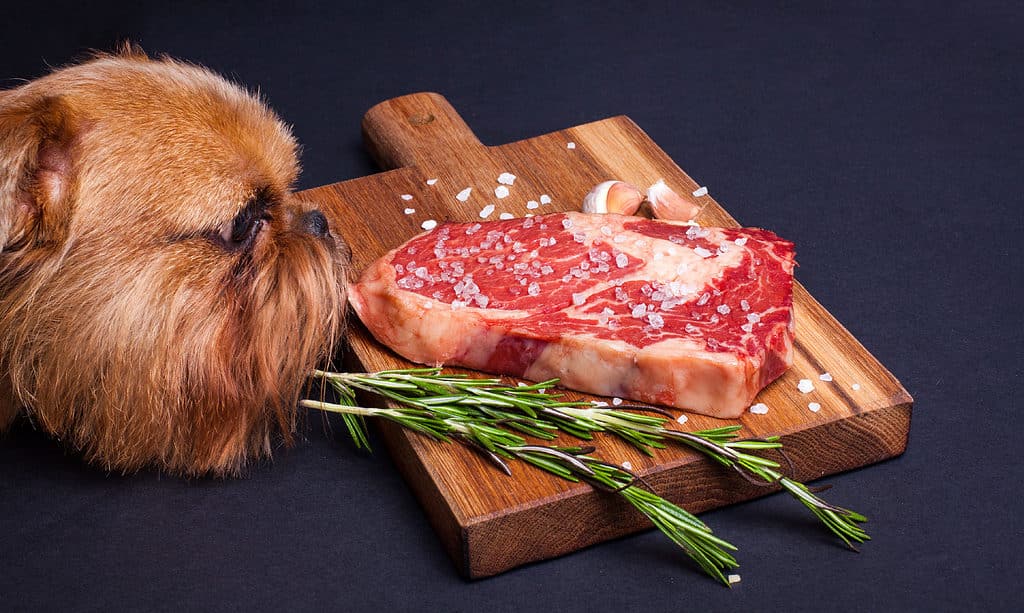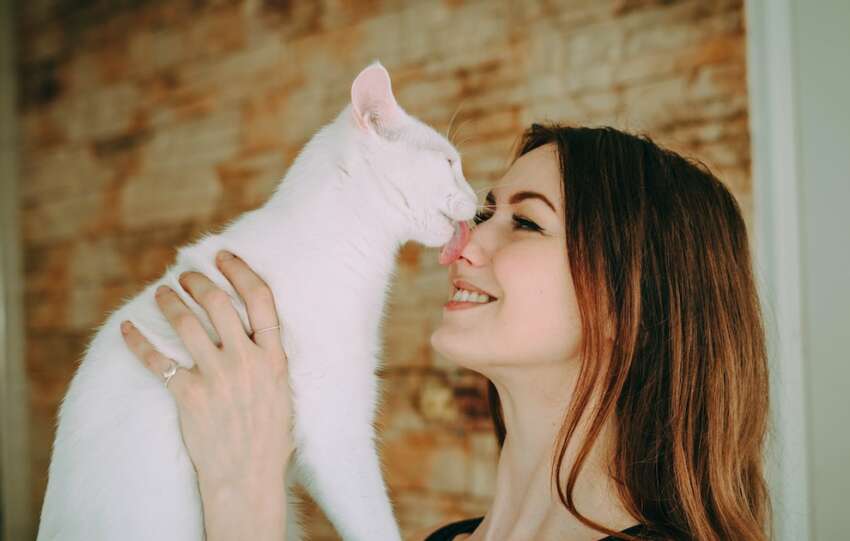Dogs are dear pets that bring happiness and companionship to our lives. However, they can sometimes cause stubborn odor on our furniture, especially if they have anal gland issues. If you are thinking about how to get rid of the dog gland smell on furniture you are not alone. This odor can be unpleasant and hard to remove but with the right method, you can expel it for good. In this blog, we will explore many productive methods for removing the smell of dog glands on your furniture so you can enjoy a fresh and natural smell at home again.
Firstly we know the reasons why the smell of dog gland become embedded in the furniture. All dogs possess a pair of anal glands, also known as anal sacs, on either side of their anuses. These glands secrete a distinctive odor that dogs use to identify each other, which is why they often sniff each other’s hindquarters. The fluid produced by these glands is also used by dogs to mark their territory. And they often do so by rubbing up against objects like furniture. As a result, the furniture they frequently sit and lie on can accumulate a significant amount of this pungent fluid, which contributes to the persistent odor.
How to get Rid of Dog Gland Smell out of Coach
These are the following methods that can be used to get rid of the dog gland smell on furniture:
- Baking Soda
- Enzyme Cleaners
- Vinegar and Water Solution
- Professional Cleaning
- Pineapple Juice
- Lemon Juice
- Essential oils
- Fabric fresheners
- Medicated Cleaner

Read More: Dinovite Killed My Dog? Facts About Supplement
Baking Soda
To remove odors from your furniture, baking soda is the best option. You sprinkle the baking soda on the affected areas and leave it overnight. Baking soda is a highly absorbent element that can extract fluid from fabric and reduce the smell or completely remove the odor. However, it is important to remind that baking soda may only work equally well on some materials.
And may not be enough if the dog smell is deeply embedded. It is important to use baking soda instead of baking powder because baking powder is a mixture of baking soda and other substances and may not be as helpful in eliminating odors.
Also Read: Solving The Mystery: Why Does My Dog Nibble My Ear?
Enzyme Cleaners
There are many ways to remove the unpleasant odor caused by dog glands on furniture like sofas, coaches, etc. One best and safe options are to use enzymatic cleaners, which are specifically designed to break down the proteins responsible for the odor.
It is important to test the product on an unnoticeable area of the furniture before using it to avoid causing any additional damage. If the odor continues, hiring professional upholstery cleaners may be necessary to effectively remove it.
Enzyme cleaners are effective at breaking down molecules, allowing bacteria to consume them. They are a popular choice for pet owners because of their ability to eliminate odors. Enzyme cleaners are non-toxic and safe for human use, making them a preferred option. However, it is important to read labels to avoid any allergic reactions.
Vinegar and Water Solution
Combine an equal amount of water and vinegar into a spray bottle. Shake thoroughly to ensure the mixture is well blended. Test the solution on a small, unnoticeable area of the furniture first to make sure it doesn’t cause any damage or discoloration. Spray the solution onto the affected area of the furniture, ensuring that it is evenly coated. Let the solution sit on the furniture for about 10-15 minutes. Using a clean cloth, gently blot the area to remove the excess solution and any remaining odor. Wait until the furniture is completely dry before using it again.
Read More: Explore Why Do Dogs Lick Each Other’s Ears
Professional Cleaning
Call a professional cleaning service that specializes in pet odor removal. They will have the mandatory equipment and expertise to effectively remove the odor from your furniture. Remove any loose fur or debris from the furniture before the professionals come. Provide the professionals with as much information as possible about the source of the odor, including when and how it happens. The professionals will likely use different techniques, including steam cleaning, deep cleaning, and odor-neutralizing agents, to remove the smell from your furniture.
After the professionals have finished cleaning, allow the furniture to dry completely before using it. To prevent future odors, make sure to clean regularly basis and groom your dog, and consider using a pet-specific odor neutralizer on your furniture in between professional cleanings.
Pineapple Juice
Dip a clean cloth with pineapple juice. Make sure the cloth is not too wet, as you don’t want to saturate the furniture. Lightly rub the cloth over the affected area of the furniture. Be sure to cover the entire area, as the odor may have spread beyond the visible stain.
Allow the pineapple juice to dry on the furniture for about 10-15 minutes. Rinse the area with a clean, damp cloth to remove any excess pineapple juice. Allow the furniture to dry completely. If necessary, you can use a fan or open a window to speed up the drying process.
Lemon Juice
Squeeze fresh lemon juice into a spray bottle. Spray the lemon juice directly onto the affected area of the furniture. Let the lemon juice sit on the furniture for a few minutes to soak in. Use a clean cloth to wipe the furniture clean. Please repeat the process if needed until the odor has dissipated. Lemon juice is a natural deodorizer and can help neutralize the unpleasant scent of dog gland smell on furniture.
Essential Oil
Choose your essential oil. Some essential oils are known for their deodorizing and antibacterial properties, which make them great for getting rid of unpleasant odors. Examples of essential oils that can help eliminate dog gland smell include lavender, tea tree, eucalyptus, peppermint, and lemon. Dilute the essential oil.
Essential oils are highly concentrated and should always be diluted before use. Mix 10-20 drops of your chosen essential oil with 1 cup of water in a spray bottle. Test the mixture: Before using the essential oil mixture on your furniture, test it on a small, inconspicuous area to make sure it doesn’t cause any damage or discoloration. Apply the mixture: Once you’re sure the mixture is safe for your furniture, spray it on the affected area.
Be sure to spray enough to thoroughly saturate the fabric, but not so much that the fabric becomes soaked. Let it dry: Allow the essential oil mixture to dry completely before using the furniture again. You may want to open windows or use a fan to help speed up the drying process. Repeat if necessary. If the dog gland smell persists, you may need to repeat the process several times until the odor is completely gone.
While essential oils can be effective in eliminating odors, they should never be used on or around pets. Some essential oils can be toxic to dogs and cats, so be sure to keep them out of reach of your furry friends.
Fabric Fresheners
Identify the areas on your furniture where your dog has marked its scent. Vacuum or clean the affected areas to remove any loose hair or debris. Choose a fabric freshener that is safe for use on furniture and won’t damage the fabric. Test the product on an inconspicuous area first to make sure it doesn’t cause any damage.
Spray the fabric freshener directly onto the affected areas, following the product’s instructions for use. Be sure to saturate the area well. Allow the fabric freshener to dry completely before using the furniture again. Repeat the process until the dog gland smell is no longer noticeable.
It’s important to note that fabric fresheners are a temporary solution and may not completely eliminate the dog gland smell on furniture.
Medicated Cleaner
Choose a medicated cleaner: Look for a cleaner specifically designed for pet odors and stains. These cleaners can be found at your nearby pet store or purchased online. Test the cleaner: Before using the cleaner on your furniture, test it on a small, inconspicuous area to make sure it doesn’t damage or discolor the fabric.
Apply the medicated cleaner to the affected area, following the instructions on the label. Make sure to saturate the area thoroughly. Allow the cleaner to sit on the fabric for at least 5-10 minutes. This will give it time to penetrate and break down the odor-causing molecules.
Use a clean cloth or paper towel to blot up the excess cleaner and moisture from the fabric. Avoid rubbing the fabric, as it may cause damage. If the cleaner requires rinsing, use a damp cloth to rinse the area thoroughly. Use a clean towel to absorb any additional moisture by gently pressing it onto the surface.
Allow the area to air dry completely before using the furniture again. Consider opening a window or using a fan to accelerate the drying process. If the odor persists, you may need to repeat the cleaning process or try a different cleaner.
Conclusion
There are various options to help eliminate the smell, but your cleaning agent must be careful and precise. Start by testing the cleaner on a small, inconspicuous area first to make sure it won’t damage or discolor your furniture. Use the cleaner sparingly and follow the instructions carefully.
Remember, you can always add more or try another cleaning product if needed. However, once damage is done, it can be challenging to reverse, so it’s better to be cautious. Give the cleaning options a chance, and you should see the smell dissipate. With careful handling and patience, you can eliminate the dog gland smell and keep your furniture smelling fresh and clean.





